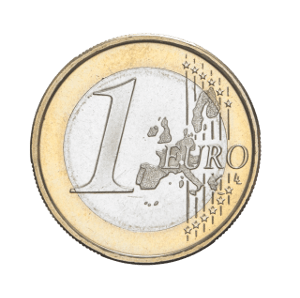Our random number generator for heads or tails / coin toss helps you decide. Our heads or tails random number generator is completely independent and truly 100% random.
Heads or tails coin toss – What is it?

Heads or tails is a game known all over the world. It is often used to make decisions when there is no clear answer or when a decision needs to be made in a fair and random way. The game is very simple and only requires a coin and a surface on which to toss it.
The game is usually decided by the toss of a coin showing either “heads” or “tails”. The player making the decision usually chooses a side they prefer and the other side is assigned to the opposite side. Then the coin is tossed and the side it lands on decides the question or problem.
There are many different uses of heads or tails. For example, two friends can decide who pays for dinner by tossing a coin. A sportsman can decide who will bat first by tossing a coin. A family can decide which movie to watch on TV by tossing a coin.
The interesting aspect of the heads or tails random number generator
An interesting aspect of Heads or Tails is that it is a game of chance. This means that the outcome of each toss is unpredictable and no one person can predict the outcome. This gives the game a certain thrill and it is fun to watch the coin fly through the air before it finally lands on the ground.
Although heads or tails is often seen as a simple game, it can be very useful in certain situations. For example, it can help resolve conflicts between people by making a decision in a fair way. If two people are arguing about who gets a certain object or who does a certain task, heads or tails can provide a quick and easy solution.
In mathematics, there are also many interesting aspects of heads or tails. For example, the law of large numbers can be used to predict how many times each side will occur in a large number of tosses. If a coin is fair, this means that each side should occur approximately the same number of times on a large number of tosses.
Overall, heads or tails is a simple and fun game that is known all over the world. It can be used in many different situations to make decisions in a fair and random way, and it also offers interesting mathematical aspects. If you are ever faced with a decision you can’t make, just flip a coin and let chance decide!
Criticism of the coin toss
Although the coin toss is considered a quick and fair way to make decisions, there are some criticisms against this method.
One of the main criticisms is that the coin toss is based purely on chance. This can lead to important decisions being made in an unpredictable and arbitrary way. In some cases, it may not be appropriate to make a decision based solely on the outcome of a coin toss.
Another criticism is that the coin toss may not always be fair. Uneven weight distribution on the coin or poor throwing technique can affect the outcome of the toss and skew the result. In some cases, it may also be difficult to toss the coin so that it lands randomly on one side. This can affect the result and call into question the fairness of the toss.
In addition, the coin toss can lead to important decisions being made in a way that is too superficial. Some decisions require a more thorough analysis and evaluation of the available information to make the best decision. The coin toss may therefore be seen as inadequate or insufficient.
But not as random as hoped?
The probabilities involved in a coin toss are not always as clearly distributed as they seem at first glance.
For example, the coin can stop on the edge, which in one experiment resulted in a probability of 1/6000. The way the coin is tossed or caught influences the result. One study found that there was a higher probability (51%) that the coin would land in its initial position. So when it comes to choosing “heads or tails”, one should choose the side that is already up before the toss.
The coin itself can also influence the outcome. Due to minting, uneven weight distributions can occur, which leads to an unbalanced throwing result. One and two euro coins are particularly affected by this. Studies show that the gyrating coin toss in particular deviates from the expected probability. In random samples, for example, there were clear deviations when using Italian or French one-euro coins.
Incidentally, the random heads or tails generator strongly resembles the yes or no generator.

 Heads
Heads Tails
Tails